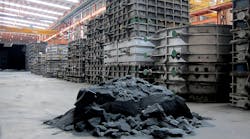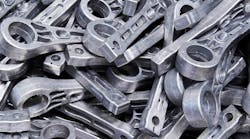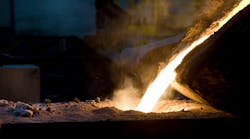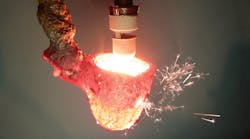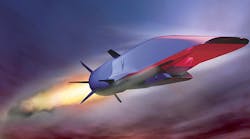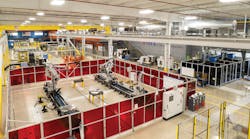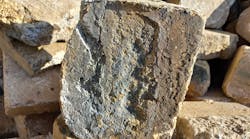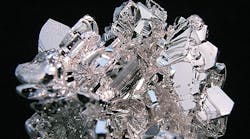Alliance Magnesium Inc. has started up the pilot plant it announced last year, the first step in its progress toward commercial-scale production of primary magnesium. The company reported as well that it has reached an agreement with Magnola Metallurgy Inc. and Magnola Mining Inc. (both subsidiaries of Glencore Canada) that will allow it to access industrial facilities of a defunct magnesium smelter, as well as giving access to the raw materials on that site for its demonstration unit.
The C$10-million pilot plant was announced last year to demonstrate a patented electrolytic process powered by hydroelectricity to convert serpentine tailings from defunct asbestos mining operations in Quebec.
Provincial officials in Quebec awarded an interest-free loan for $2.25 million for the pilot plant project.
The Quebec site is about 100 miles east of Montreal. Many years of chrysotile-asbestos mining there resulted in high volumes of serpentine rock tailings with 23.3% magnesium-oxide content. Alliance last year estimated the region has 800 million metric tons of serpentine tailings available as raw material.
“We are very happy to benefit from this exceptional site for our starting pilot operations, which will, in a few years, lead in the commercial production of 50,000 tons of magnesium and other high-value mineral products,” stated Alliance president and CEO, Dr. Joel Fournier.
The electrolytic, “clean technology” Alliance plans to demonstrate would be an alternative to the “pidgeon” process that is prevalent in China’s magnesium industry, the world’s main source of primary magnesium. That process is sometimes said to be one of the most critical sources of CO2 and SO2 emissions because of its heavy dependence on coal-fired electricity.
Alliance developed and patented the demonstration technology and predicts it can produce about 25 kg/day of magnesium metal. If it proves commercially viable, the company projects a plant producing 50,000-metric tons/year of primary magnesium there by 2018. Demonstration activities are seen lasting 14 months. The first phase of commercial production would begin in 2017.
Magnesium is a nonferrous metal with significant potential for applications in automotive and aerospace industries, where its high strength-to-weight ratio is seen as an advantage to cutting vehicle mass.
Alliance Magnesium states it “aims at becoming one of the most important suppliers of pure magnesium metal for all major automobile and transport clients in the Western World.”

